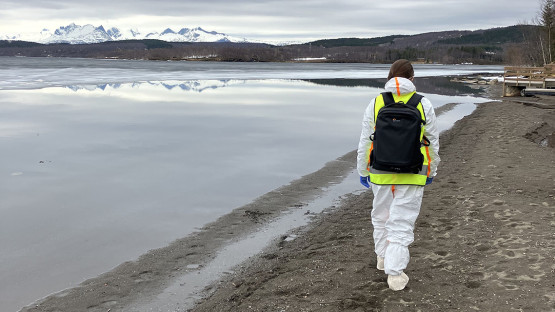Iraq, Jordan, Malaysia, Saudi Arabia and Thailand recently joined the IAEA’s International Radiation Monitoring System (IRMIS), bringing the total number of participating countries to 48. In the event of a nuclear or radiological emergency, IRMIS supports the assessment of the radiological situation and provides critical data to immediately inform emergency response decision makers. The system gathers radiation monitoring data from over 6000 monitoring stations worldwide, which are part of nationally operated networks.
“By joining the IAEA IRMIS, these countries have further strengthened the international framework for nuclear or radiological emergency preparedness and response," said Carlos Torres Vidal, Director of the IAEA's Incident and Emergency Centre, which serves as the global focal point for coordinating and facilitating the international response in the event of a nuclear or radiological emergency. "We hope that their example will ultimately encourage other countries to submit their radiation monitoring data to IRMIS.”
IRMIS, which has been operating for 17 years, displays real-time information on radiation levels on a map that references the IAEA Operational Intervention Levels (OILs). OILs are operational criteria that allow emergency response organisations to promptly implement protective and other response actions based on radiation monitoring results that are collected during a nuclear or radiological emergency. This information enables countries’ emergency responders to assess and minimize any potential risks to human health and the environment. IRMIS is designed to support the implementation of the Convention on Early Notification of a Nuclear Accident by providing a mechanism to report and visualise large quantities of environmental radiation monitoring data during an emergency.
“The IAEA has also recently upgraded IRMIS to increase its capacity to share, aggregate and visualize radiation monitoring data during nuclear or radiological emergencies,” Torres Vidal added. Countries are encouraged to voluntarily provide radiation monitoring data to this online system, which facilitates comprehensive and up-to-date information sharing and coordinated emergency response efforts with contributions from international organizations.





